Even more acronyms, buzzwords and jargon. Do you know what HTTPs, Hosting or Caching is?Here we are, another acronym and jargon buster article! This one covers jargon and acronyms relating to web development & technical jargon. If you want to know more about web design and digital jargon you'll need to read this article
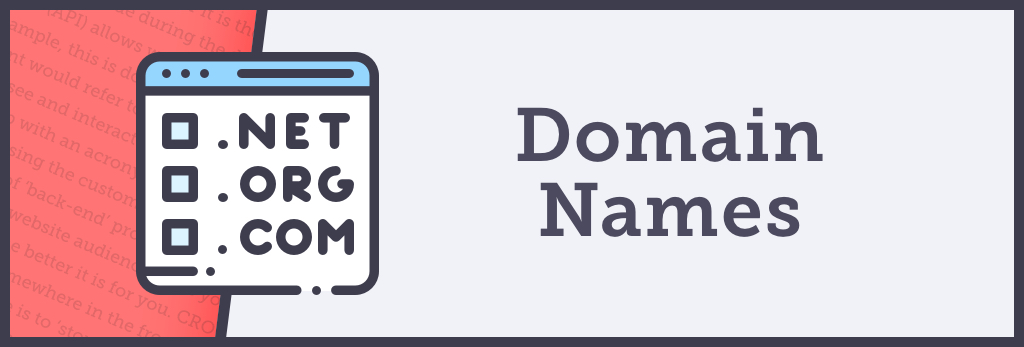
Domain names
Your brand usually reflects your domain name and vice versa. It’s the name that identifies a website and its URL or full web address: 5and3.co.uk for example.
When creating your brand and determining your name, you should check to see if the domain is available first!
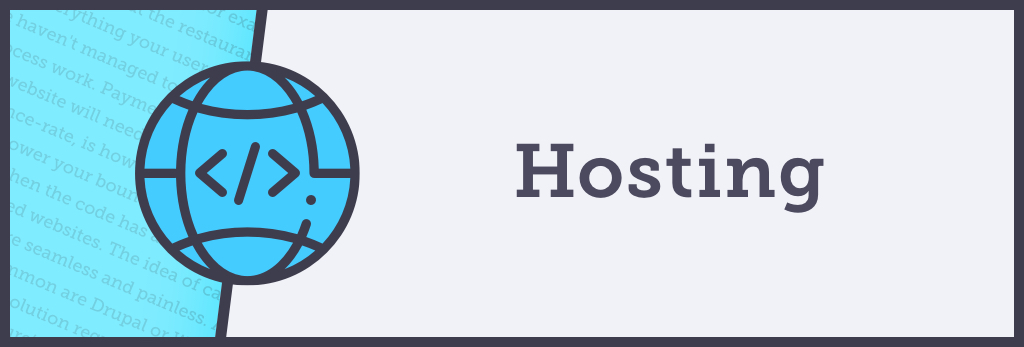
Hosting
Your website, with its content images, has to reside somewhere for users to view and use it.
It doesn’t reside within Google, it sits on a server (like a computer) in a server farm and is accessed via the internet. A web hosting company provides developers with a ‘key’ (kind of) to access that server and website via a licensed service named ‘hosting.’
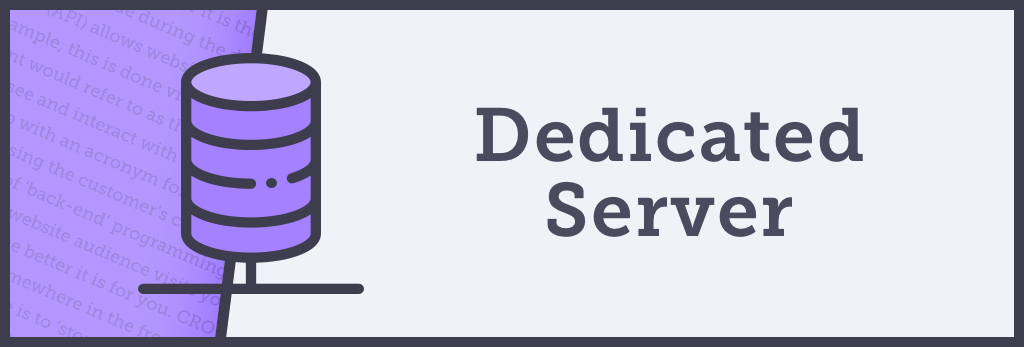
Dedicated server
A server is what your website is hosted upon, usually shared with other websites, 1000s most likely. This means your site is being slowed down and security can be a concern.
A dedicated server is just that, it’s dedicated to your business. You have ultimate control, it’s more secure, faster and you’ll have dedicated support. It’s located either in the
UK or Offshore in a large server farm being cooled by atmospheric machines to deliver optimal performance.
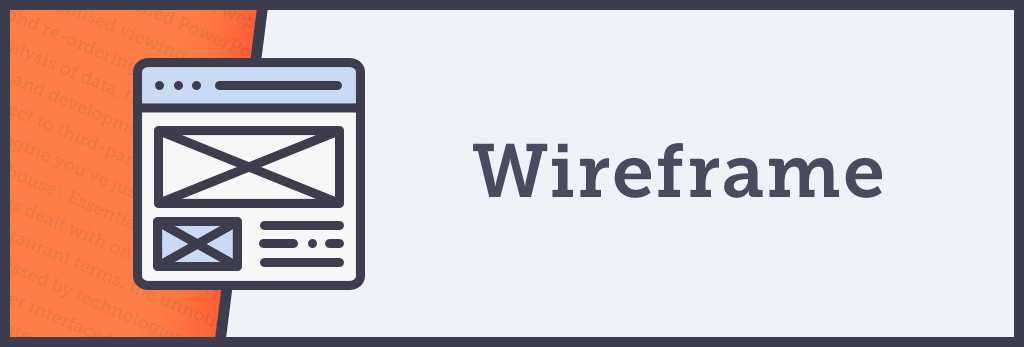
Wireframe
A website wireframe is the process of taking the structure, planned content, creating the template pages and components that will make up the overall website, in an undesigned manner.
It is effectively the blueprint for the website, put together in something like Adobe XD or Marvel as a wireframe prototype. Effectively, it is a glorified PowerPoint presentation
with links that demonstrate the user experience (UX) of a website.
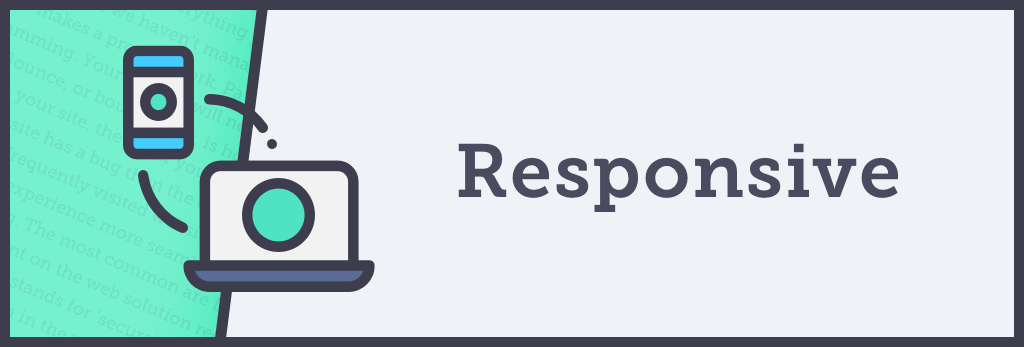
Responsive
Responsive means a ‘website design for mobile, tablet, desktop and HD TV’. An optimised viewing experience, the best experience for the device you're viewing on. The UI adapts to different devices and screen resolutions, maximising viewable space by expanding and re-ordering valuable content.
Here are examples of responsive websites we have designed and built for our customers.
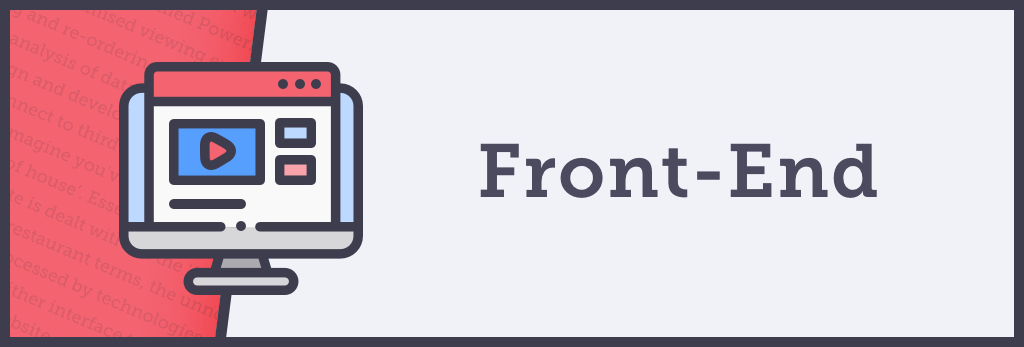
Front-End
Imagine you've just walked into a restaurant. You see waiters and barmen, the decor is stunning and the atmosphere is comfortable. This is what the restaurant would refer to as their ‘front of house’. Essentially, everything that you, as a customer can see and interact with will be done via their ‘front of house’ team. Everything your user can see and interact with on your website is dealt with on the ‘front-end’.
‘Front-end’ is just a web developer term for referring to customer-facing. Thankfully for you, we haven't managed to come up with an acronym for it yet!
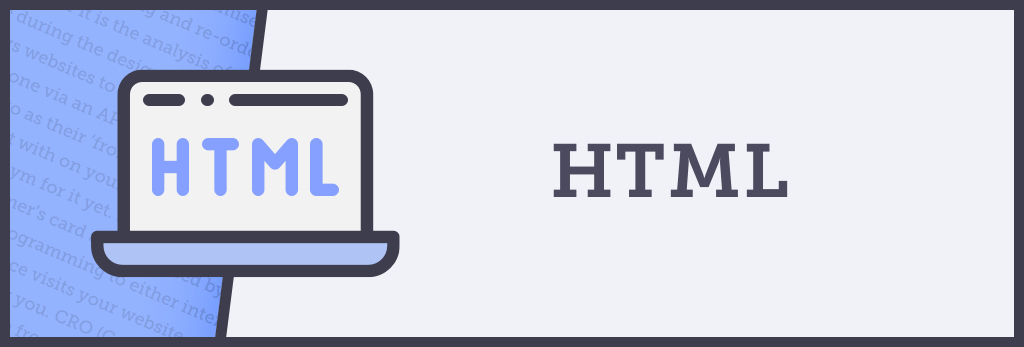
HTML
HTML is the language that structures the web (its metaphorical backbone). Since its creation in 1993 it has been a major component of the web. Every website,
from Facebook to your local hairdressers, utilises and relies on it. With it being so essential to the web, when an update was proposed in 2004 it quickly became big news.
Read more about HTML
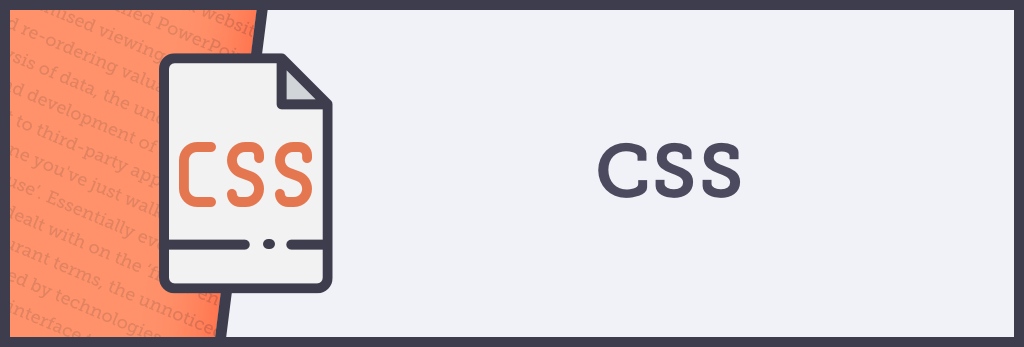
CSS
CSS is what determines and controls the appearance of your website and stands for ‘Cascading Style Sheets’. We are in version 3 as of 2019, CSS3, and it’s a powerful wondrous thing. A separate file to that of your website content, usually only one file exists that determines the way your website presents itself. Often, not so good web agencies use more than one which causes chaos when updates and maintenance are required, not to mention slow page speeds as the website makes more calls to the server than necessary.
HTML5 and CSS3 are the languages that effectively make a website, a website. It’s these acronyms that ‘5and3’ was originally formed upon!
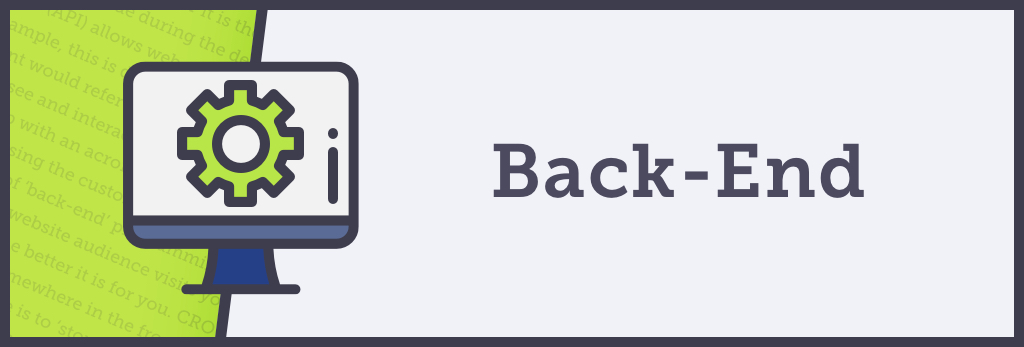
Back-end
In restaurant terms, the unnoticed quick and seamless interaction between ‘the front and back of house’ is what makes the process work. Payments made using the customer’s card are processed
by technologies and applications that go unnoticed, seamlessly and without a hitch. That’s ‘back-end’ programming. Your website will need some form of ‘back-end’ programming to either
interface to a third-party payment provider or even a stock control or content management system.
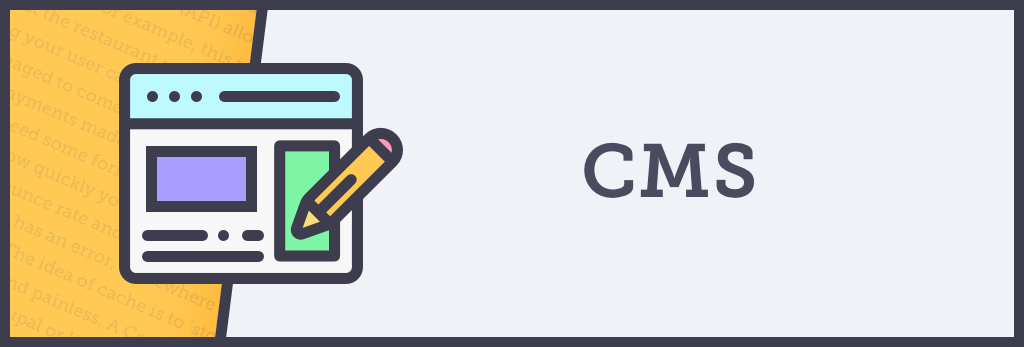
CMS
A Content Management System (CMS) is a web database management tool that allows a user to maintain a website without needing to do any coding. The most common are Drupal or Wordpress.
There are alternative solutions such as PIM
(Product Information Managers) or Digital Asset Management (DAMs) and the choice is dependant on the web solution required.
Vue.js
Vue is a progressive web framework and relatively new technology now largely used globally for various tools and interfaces. Relatively small in size, it is actually a Javascript framework,
which leaves rival frameworks like React.js, Angular.js and Ember.js a little bulky. The key reasons for using Vue is its flexibility, simplicity for smaller development projects and that it
runs directly from browsers.
Framework
A framework in development terms is a package to support the construction of dynamic web applications, websites and APIs. It’s needed to allow a web developer or designer to design and develop
a website from scratch or to take an existing website and edit. Your web framework will hold the infrastructure of your site or application. Databases, web templates, user management and URL
mapping are all packaged within a web framework. The most popular are Drupal, Joomla and Wordpress.
What this means for you, is that whether you have a website, system or app, you’ll have a framework that it’s constructed from. It’s important to know which one, to ensure flexibility and
protection for the future, effectively so that you’re not left high and dry should your supplier fold!
Laravel
Laravel is a fast framework for PHP web development. Reducing time for developers but allowing for captivating web experiences. It is slightly slower than other frameworks such as Django
but is one of the leading app and web development frameworks now used globally. Which means for you, as a customer, you’re very well protected for the future.

API
Application Programming Interface (API) allows websites to connect to third-party applications. For example, if you have enquiries from your website going into a CRM
(Customer Relationship Manager) like Zoho, for example, this is done via an API.
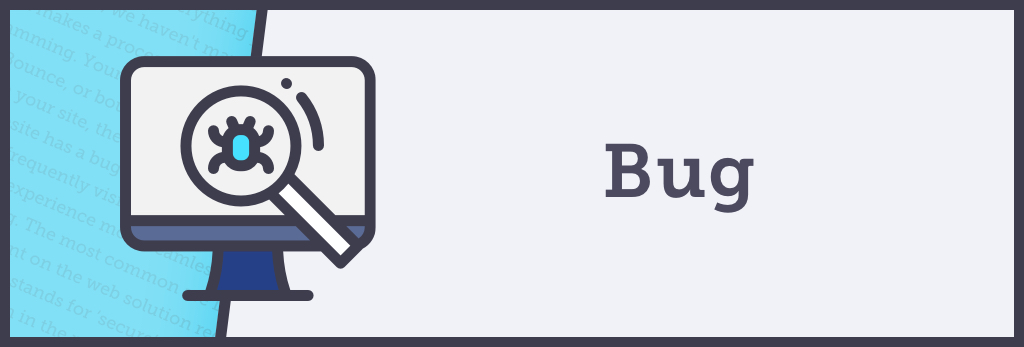
Bug
Bug, or an error. If your website has a bug then the code has an error somewhere in the front or back-end and it’s the developers job to find the bug and fix it.
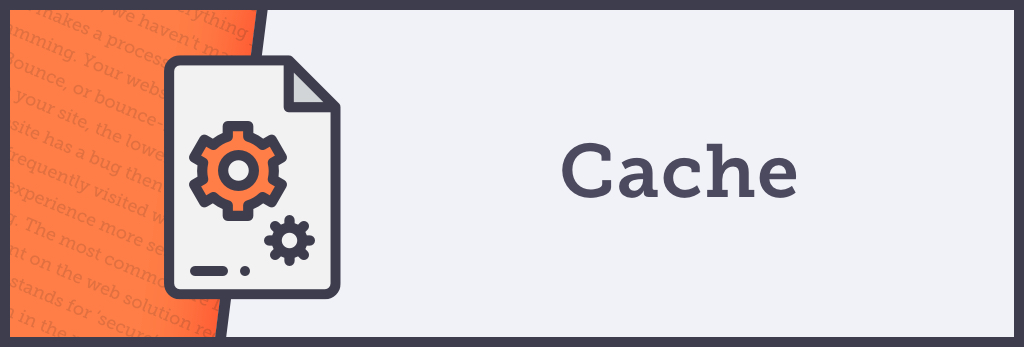
Cache
Emptying your cache (browsers memory) can slow down frequently visited websites. The idea of cache is to ‘store’ assets and imagery in your browser's code ready to display
the next time you visit that page. The objective is to make your website experience more seamless and painless.
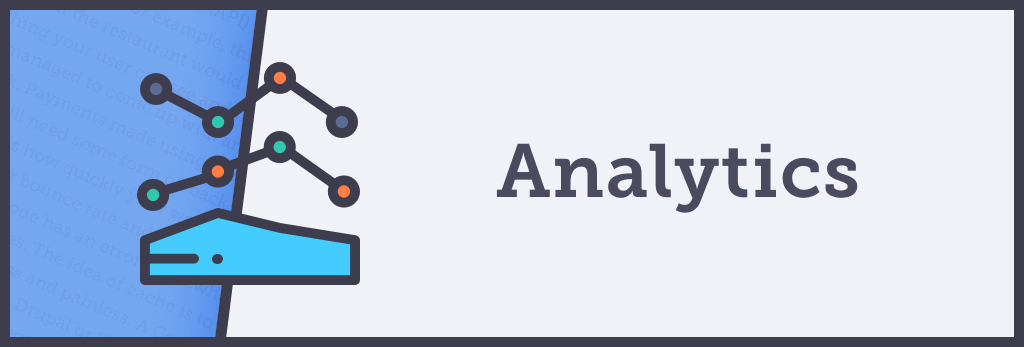
Analytics
Analytics is critical to the success of your website. It provides you with information on the user behaviour, technologies, locations and more. Understanding analytics will help you make
informed decisions before and during the design and development process of a new website. Importantly, it’ll help you to maintain and improve your website; generating more leads, sales and
an increase in conversions, moving forward once live.
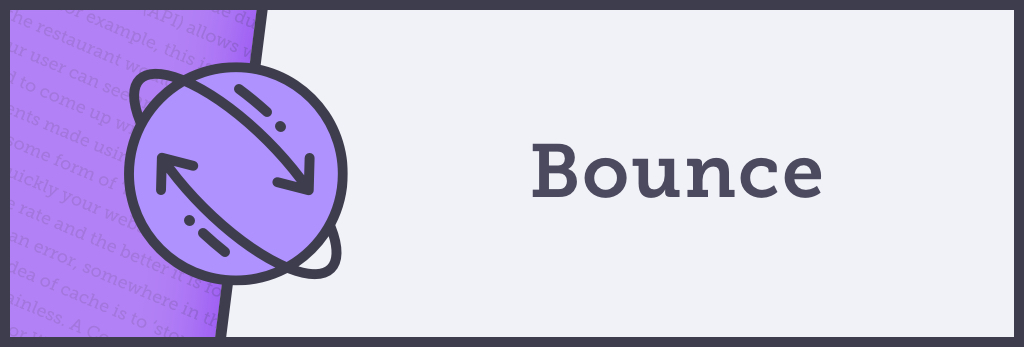
Bounce
Bounce, or bounce-rate, is how quickly your website audience visits your website or page and then leaves. The quicker they leave, the higher the bounce rate. The longer your audience is
on your site, the lower your bounce rate and the better it is for you. CRO (Conversion Rate Optimisation) improves the bounce rate to gain higher conversions.
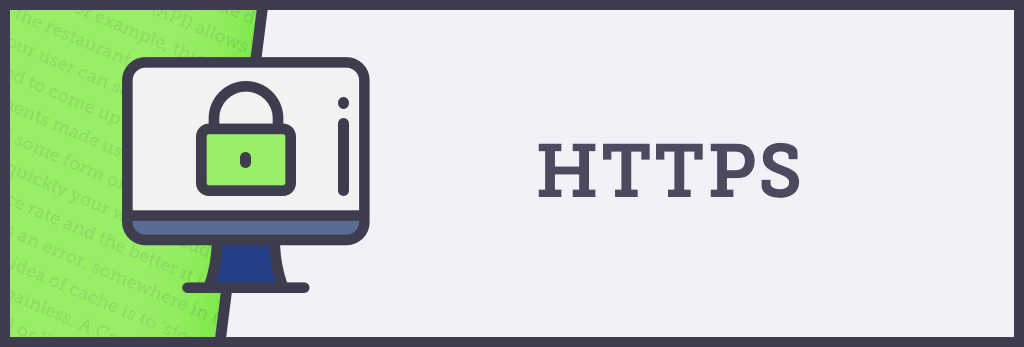
HTTPS
Secure hypertext transfer protocol: HTTPS is a secure way to serve your website. HTTPS is essentially HTTP, only the data transfer is encrypted. Note the ‘s’,
this stands for ‘secure’. Https is essentially a secure tunnel to transfer encrypted data from the server to the client/users machine. Making it safe from MITM (man-in-the-middle) attacks.
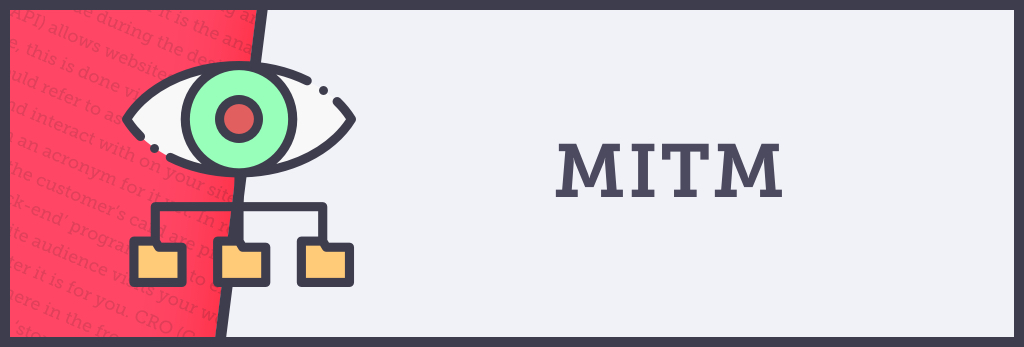
MITM
A ‘man in the middle’ attack is a technique used by hackers to get between you and the data you are looking at and them using the connection to monitor/control what you are doing
and seeing. HTTPS requires adding an SSL 2048-bit key certificate on your site to secure it via TLS.
Discover more – Website Design Jargon